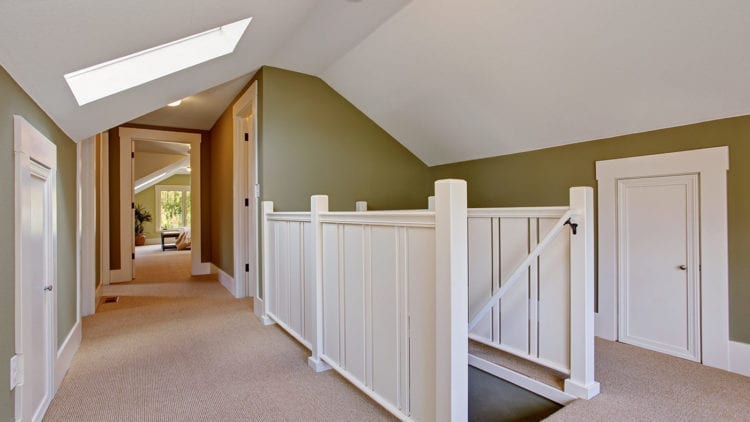Uneven Cooling (And How to Even the Playing Field)
Uneven cooling! Take your clothes off before you melt upstairs, put on a sweater before you freeze downstairs. Get out the blanket in the living room but sweat in bed. Why can’t one house maintain a single temperature?
The reasons for uneven cooling depend on the home and HVAC units, but in general, catching rays on the roof means it’s going to be hotter on the upper floor from the get-go. Then factor in basic physics. Hot air wants to travel upstairs any way that it can. And voilà! You have the double whammy of heat rising on the inside, and hitting the roof on the outside.
Unless your HVAC units are up to the task, you’re going to get uneven temperatures. But here’s what you can do to help even the playing field.
Insulate, insulate, insulate
Make sure you have the right insulation at the right thickness your attic. And look closely at those windows. Are there cracks? Do they seal properly? You don’t want the cool air to leave your house and flow outside instead of chilling your warmest room(s). Check out our blog post about how to detect air leaks in your home. Also, consider black-out curtains, light-absorbing shades, or sun-deflecting outdoor blinds for western-facing windows. Reducing the heat from the outside by just a smidgen reduces the temperature inside, too.
Check your filters and vents
A dirty filter is a broken filter. It can’t do its job and properly circulate the air, let alone cool that second floor. Replace them regularly (we recommend once every 3 months). Also, make sure that your supply and return vents aren’t blocked by furniture, rugs or storage. Even dirt and dust in the vents can impact cooling, so vacuum the vents if necessary. The soffit vents in the attic (the ones that let out hot air) must be free of insulation and debris to keep your attic, as well as your upstairs, from overheating.
Seal your ducts
When the cool air ducts spring a leak on the way to the second floor, the cool air bleeds out before it gets there. Holes and tears in the ducts force the HVAC system to work harder to compensate, which might trigger more problems. Even ductwork that’s improperly sized can impact temperature differential. When is that last time that you had your ductwork inspected?
Redirect air
You may consider partially (but never fully) closing the vents in the basement and/or first floor of your home to help redirect cool air to the upper floors. Closing vents completely can result in pressure buildup, reduced efficiency, and potentially damage to your HVAC unit. Partially closing the vents alleviates pressure build-up and is a-okay.
Keep the fan in the “on” position
Keeping the fan on won’t raise your electricity bill by much, but it will make sure that air is circulating even when the cooling cycle is off. This will help to even out the temperature throughout the house so that your HVAC unit doesn’t have to work so hard.
Consider zone control
Zone control is the most efficient (but also the most costly) method of addressing uneven cooling. A zoned system is actually divided into two or more cooling zones – usually upstairs and downstairs at minimum, but some systems allow for different cooling options in every room. Zones are controlled either by dampers within your ductwork or multiple thermostats. Besides ultimate control over your cooling and universal comfort, this type of cooling usually means increased energy efficiency and decreased cooling costs. Ask your friends at Columbia Heating & Cooling about zone control options for your home.
If these tips don’t reduce your temperature differential, or if your units are hovering around the 10-12 year mark, it might be time for an energy-efficient upgrade. Give us call today, and let us see how we can help!

